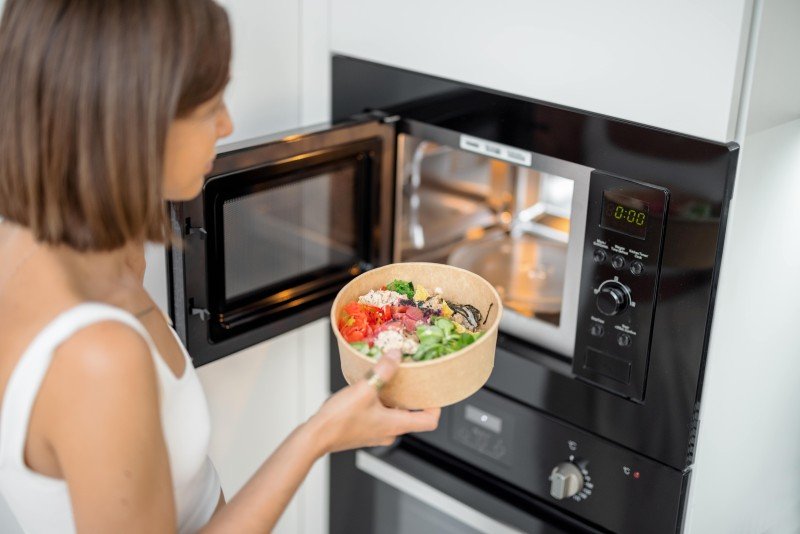Understanding Hobs and Ovens: A Comprehensive Guide for Cooking Enthusiasts
The kitchen is frequently concerned as the heart of the home, where culinary developments come to life. 2 important parts of any kitchen are the hob and the oven. While they are both crucial for cooking and cooking, numerous property owners might not completely understand the distinctions, functionalities, and various types readily available in the market today. In this short article, we will explore these appliances in information, assisting you make informed choices for your cooking requirements.
Tabulation
- What is a Hob?
- 1.1 Types of Hobs
- 1.2 Benefits of Different Hob Types
- What is an Oven?
- 2.1 Types of Ovens
- 2.2 Benefits of Different Oven Types
- Picking the Right Hob and Oven for Your Kitchen
- Regularly Asked Questions (FAQs)
- Conclusion
What is a Hob?
A hob, frequently called a cooktop, is a cooking surface area that you place cookware on to prepare food. It features a variety of heating elements and is often set up on counter tops. In contemporary kitchen areas, hobs can be found in different styles, innovations, and functionalities.
1.1 Types of Hobs
There are numerous kinds of hobs readily available in the market:
| Type | Description |
|---|---|
| Gas Hob | Utilizes gas burners for cooking, offering accurate temperature level control. |
| Electric Hob | Operates utilizing electrical heating aspects, commonly seen in solid or radiant forms. |
| Induction Hob | Uses electromagnetic fields to heat pots and pans straight, promoting energy efficiency. |
| Ceramic Hob | Features a smooth glass top, making use of electric coils beneath the surface area. |
| Solid Plate Hob | Traditional electric hobs with exposed metal plates that warm up. |
1.2 Benefits of Different Hob Types
Gas Hobs:
- Quick heating & cooling.
- Visual flame control for precise cooking.
Electric Hobs:
- Even heating; perfect for simmering and boiling.
- Easy to clean, particularly flat surface areas.
Induction Hobs:
- Energy-efficient as only the pot warms up.
- Safety features, such as automated shut-off.
Ceramic Hobs:
- Attractive looks with a smooth finish.
- Even surfaces for easy cleansing.
Solid Plate Hobs:
- Cost-effective and durable.
- Helpful for basic cooking needs.
What is an Oven?
An oven is a kitchen device used for baking, roasting, and broiling food. Ovens can be standalone systems or built into kitchen cabinets, supplying numerous cooking techniques that can enhance or transform ingredients.
2.1 Types of Ovens
Similar to hobs, there are multiple types of ovens, each with its benefits:
| Type | Description |
|---|---|
| Conventional Oven | Runs with heating aspects, ideal for baking. |
| Stove | Uses fans to distribute hot air, cooking food evenly and rapidly. |
| Microwave Oven | Cooks food using electromagnetic radiation; ideal for reheating. |
| Steam Oven | Makes use of steam to prepare food, protecting wetness and nutrients. |
| Wall Oven | Built into the wall, providing benefit and aesthetic appeal. |
2.2 Benefits of Different Oven Types
Traditional Ovens:
- Simple to utilize without any complicated settings.
- Versatile for numerous cooking methods.
Convection Ovens:
- Faster cooking times due to air circulation.
- Enhanced browning and crisping for baked items.
Microwave Ovens:
- Quick cooking or reheating of food.
- Energy-efficient for low-volume cooking.
Steam Ovens:
- Health-conscious cooking that maintains nutrients.
- Exceptional for baking bread and cooking veggies.
Wall Ovens:
- Convenient placement; conserves area.
- Less flexing required to access cooking dishes.
Selecting the Right Hob and Oven for Your Kitchen
When picking a hob and oven, elements such as space, cooking style, and personal choices must be considered. Here's a basic guide to assist you choose:
Factors to Consider
- Cooking Needs: Evaluate your cooking routines. Do you typically bake, or is stovetop cooking more prevalent?
- Space Availability: Measure your readily available kitchen space. Some hobs or ovens might require more room than others.
- Fuel Type: Decide in between gas and electric, based upon schedule and personal choices.
- Budget: Determine what you're prepared to invest and discover alternatives within that variety.
Quick Tips
- Focus on Efficiency: Look for energy-efficient models to decrease long-lasting expenses.
- Read Reviews: Explore user evaluations to gather viewpoints on performance and reliability.
- Speak with Professionals: Seek recommendations from kitchen style specialists when preparing your layout.
Regularly Asked Questions (FAQs)
1. What is the difference between a hob and an oven?
A hob is a cooking surface area typically for stovetop cooking, while an oven is an enclosed area used for baking, roasting, and broiling food.
2. Can I use any pot on an induction hob?
No, induction hobs require magnetic cookware. Stainless steel and cast iron pots work, however non-magnetic products like aluminum won't.
3. How do stove differ from conventional ovens?
Stove employ fans to circulate hot air for even cooking, whereas standard ovens do not have this function.
4. Is it possible to have both a hob and oven as a single system?
Yes, there are range cookers that integrate a hob and an oven within one appliance, offering a comprehensive cooking solution.
5. How do ovensandhobs.uk tidy my hob and oven?
Many hobs and ovens have advised cleaning approaches depending on their products. It is a good idea to speak with the producer's directions for the best practices.
Understanding the differences in between hobs and ovens is essential for anybody aiming to enhance their kitchen space or enhance their cooking skills. By knowing the different types, their benefits, and how to pick the right ones for your requirements, cooking can end up being a more pleasurable and effective experience. Whether you are a knowledgeable chef or a beginner cook, the best mix of hob and oven can raise your culinary developments to brand-new heights.

